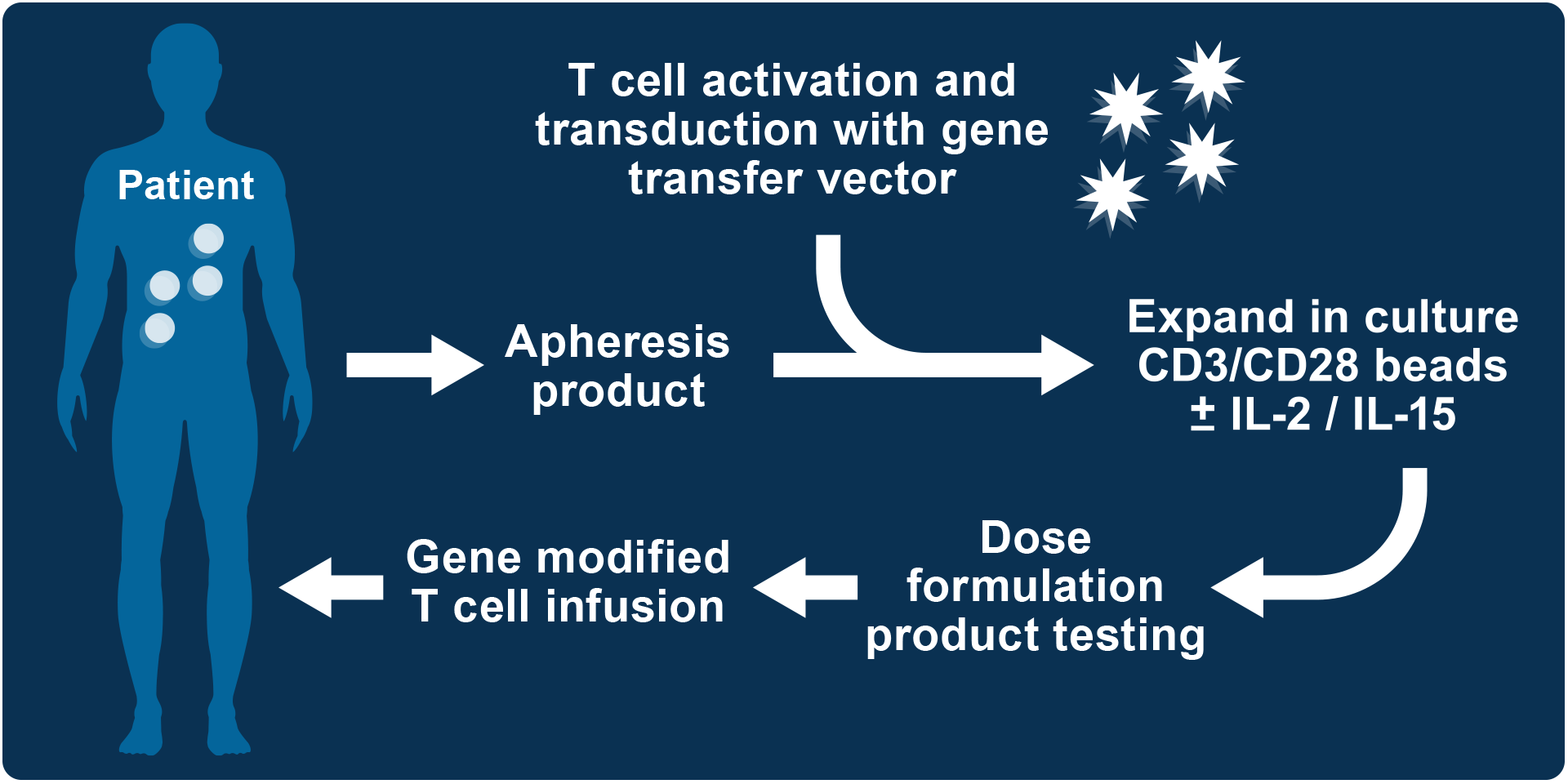FDA's Efforts to Advance the Development of Biologics
By: Peter Marks, M.D., Ph.D., Director of FDA’s Center for Biologics Evaluation and Research
The FDA’s Center for Biologics Evaluation and Research (CBER) is working at the forefront of 21st Century medicine. Many of the products regulated by CBER are either living cells or tissues, or are made from them, such as stem cells and genetically engineered immune cells. The Center’s diverse regulatory portfolio of complex biological products includes blood components and derivatives, vaccines, allergenics, and cellular and gene therapies. It also includes certain devices, including in vitro diagnostic tests for screening the blood supply and devices for the manufacturing of blood and tissue products.
The safety and efficacy of the biological products regulated by the FDA are inextricably linked to the quality and consistency of their manufacturing. This is as true now as it was when the Biologics Control Act of 1902 was enacted. Over a century of experience has informed our development of a holistic approach to the development and regulation of these products, from facilitating preclinical development to clinical development and on to post-market surveillance. This approach acknowledges the critical link between quality manufacturing and controls and the safety and efficacy of the products. To put it simply, for patients and the public to benefit from biological products, they must be made well.
Advancing Product Development
Recognizing the importance of getting it right from the start, CBER introduced the INTERACT program (CBER INitial Targeted Engagement for Regulatory Advice on CBER producTs). This program enables sponsors to obtain preliminary informal consultation with the agency at an early stage of development, prior to a pre-Investigational New Drug (IND) meeting. Meeting topics for new products can focus on preclinical development, manufacturing, or clinical development plans. While these meetings may be most helpful to academic investigators and smaller companies developing products, such meetings can be requested by any sponsor.
Additionally, in recognition of the need for improved manufacturing methods for vaccines, cellular and gene therapies, in September 2018, CBER issued grants to five institutions for the advancement of manufacturing technologies for complex biological products. The advent of advanced manufacturing technologies has the potential to greatly impact public health. For example, the development of methodologies that could produce higher yields of recombinant proteins necessary for production of influenza vaccine and other critical vaccines could potentially save lives in the event of another pandemic. In addition, developing technologies that allow much greater yields of gene therapy paths could enable more people living with rare diseases in the United States and around the world to benefit from such treatments. More efficient production may also facilitate the expansion of the study and eventual use of gene therapy to address some of the more common serious diseases such as adult-onset diabetes mellitus and heart disease caused by high cholesterol levels.
Exciting Pace of Progress in Cellular and Gene Therapies
FY 2018 was particularly exciting because of the pace of progress in cellular and gene therapies. CBER received more than 150 INDs for gene therapy products, bringing the total number of active INDs up to nearly 800 applications. In addition, as noted in the recently released “FY 2018 Report from the Director,” CBER approved the first directly administered gene therapy (LUXTURNA) for a heritable disorder that causes blindness: retinal dystrophy associated with mutations in the RPE65 gene. The benefit of this therapy was demonstrated using a novel endpoint called the multi-luminance mobility test developed by the company, working with input from CBER experts. We also approved a second chimeric antigen receptor T cell, or CAR-T cell, therapy (YESCARTA), to treat adults with certain types of relapsed or refractory diffuse large B cell non-Hodgkin lymphoma.
Chimeric Antigen Receptor (CAR-T) Cell Therapy
The patient may receive pre-conditioning chemotherapy prior to infusion, and sometimes cytokine support (IL-2) post-infusion.
Critical Vaccine and Blood Product Approvals
In FY 2018, there were also critical vaccine and blood product approvals, as well as approvals of important tests for use in screening the blood supply. CBER approved HEPLISAV-B, a Hepatitis B vaccine to prevent infection caused by all known subtypes of hepatitis B virus in adults 18 of age and older, and SHINGRIX, a vaccine for the prevention of shingles in adults 50 years of age and older. To facilitate the protection of the blood supply, CBER approved the cobas Zika Test and the Procleix Zika Virus Assay, which are both nucleic acid tests that are the first donor screening tests for the direct detection of Zika Virus RNA in human plasma. These are just a few of CBER’s recent mission critical accomplishments and regulatory activities.
As CBER continues to advance its important work, I would like to recognize that these accomplishments and more were made possible by the Center’s highly skilled and dedicated workforce. These individuals are deeply committed to CBER’s mission of using the best available science to advance product development and review, so that progress and innovation in science can benefit patients.


